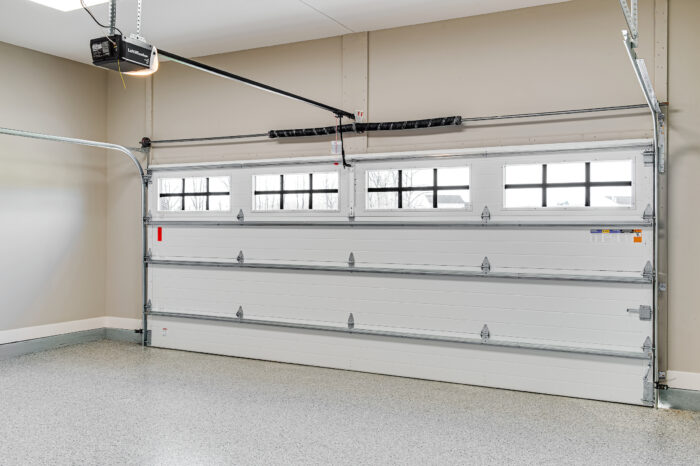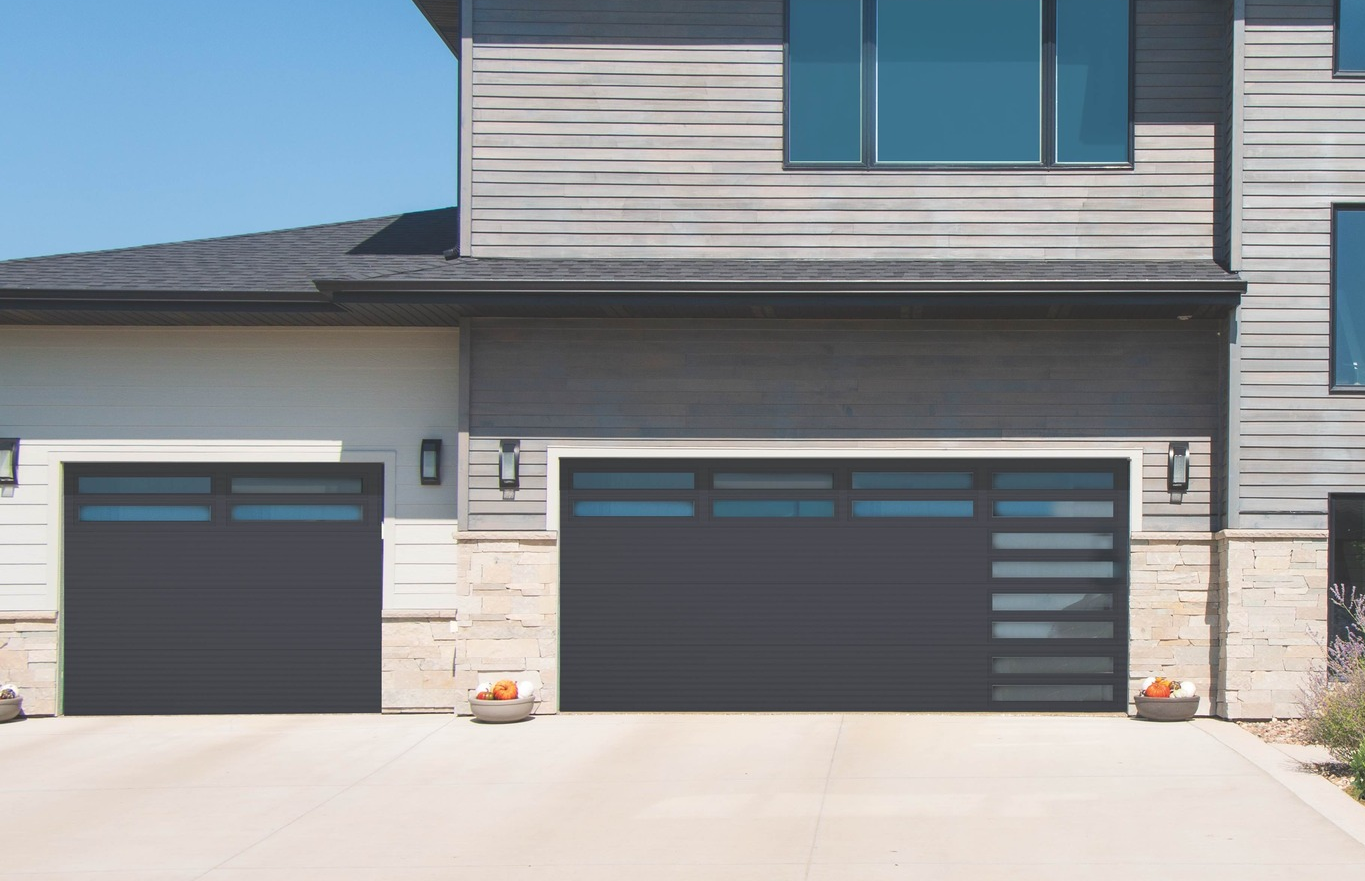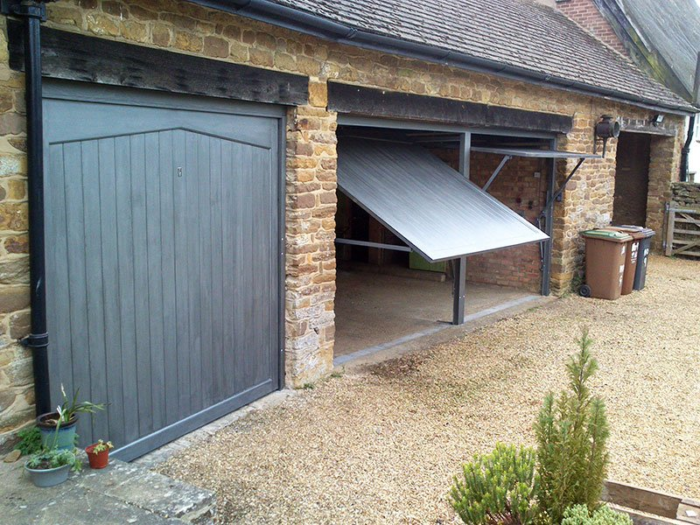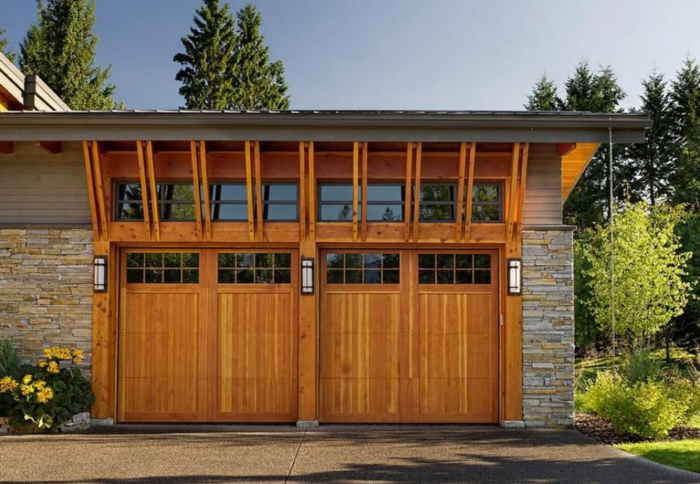Creating a DIY Arlington Overhead & Garage Doors can be a rewarding project, allowing you to customize the design and save on costs compared to purchasing a pre-made door. However, it’s important to approach this project with careful planning and attention to detail to ensure a safe and functional result.

Here’s a step-by-step guide on how to build a DIY garage door:
1. Gather Your Tools and Materials:
- Tape measure
- Saw (circular saw or miter saw)
- Drill
- Screws and nails
- Hinges and hardware
- Insulation material (if desired)
- Weatherstripping
- Paint or stain
- Garage door opener (if applicable)
- Plywood or lumber for the door panels
- Lumber for framing
2. Measure and Plan:
- Measure the garage opening accurately to determine the size of your door panels.
- Plan the design of the door, including the style, number of panels, and any decorative elements.
3. Design the Panels:
- Decide on the design and number of panels you want for your door. Common designs include raised panels, flat panels, or a combination of both.
4. Frame Construction:
- Construct a frame for the door using pressure-treated lumber. The frame should match the size of the door opening and accommodate the panels.
5. Cut and Assemble Panels:
- Cut the plywood or lumber to create the individual panels. Sand the edges and surfaces to achieve a smooth finish.
- Assemble the panels within the frame using screws and nails. Make sure the panels fit snugly within the frame.
6. Add Decorative Elements (Optional):
- If desired, add decorative elements such as trim, molding, or lattice to enhance the appearance of the door.
7. Insulation (Optional):
- If you want to insulate your garage, consider adding insulation material to the back of the panels before attaching them to the frame.
8. Paint or Stain:
- Paint or stain the door panels and frame to protect the wood and enhance the appearance. Use exterior-grade paint or stain for durability.
9. Attach Hardware:
- Attach hinges to the door frame and panels. Make sure the hinges are properly aligned to allow smooth movement.
10. Install Weatherstripping:
- Attach weatherstripping to the bottom of the door to create a seal and prevent drafts and debris from entering the garage.
11. Hang the Door:
- With the help of a friend or family member, position the door in the garage door opening.
- Attach the hinges to the door jamb, ensuring the door is level and aligned.
12. Install Garage Door Opener (Optional):
- If you’re installing a garage door opener, follow the manufacturer’s instructions to properly attach the opener to the door and the ceiling.
13. Test and Adjust:
- Test the door by opening and closing it manually and using the garage door opener (if installed). Make any necessary adjustments to ensure smooth and proper operation.
14. Maintain and Care:
- Regularly inspect and maintain your DIY garage door to prevent any issues. Lubricate moving parts, replace weatherstripping as needed, and touch up paint or stain when necessary.
Conclusion:
Building a DIY Arlington Overhead & Garage Doors can be a challenging but rewarding project. With careful planning, accurate measurements, and attention to detail, you can create a custom garage door that complements your home’s design. Keep safety in mind throughout the construction process and ensure that the door is properly balanced and functional. If you’re unsure about any aspect of the project, consider seeking guidance from experienced DIYers or professionals in the field.
Arlington Overhead & Garage Doors
700 Secretary Dr, Arlington, TX 76015, United States
1-817-646-2532



















